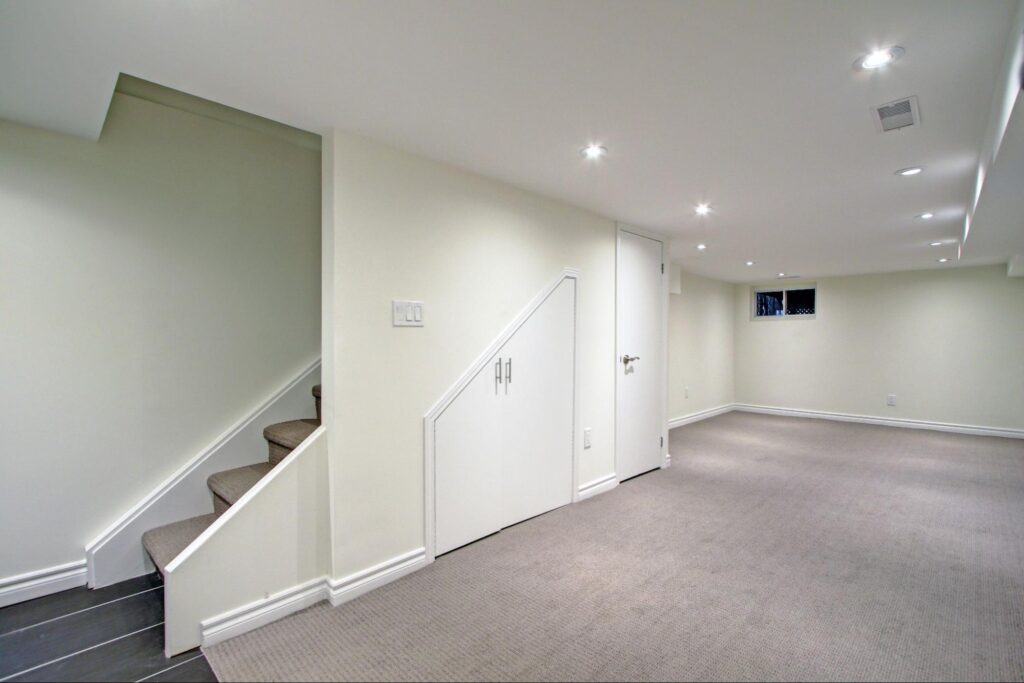For many homes in Toronto, particularly in East York and other core areas, home renovations often involve removing walls to create a brighter, more spacious layout. However, removing walls is not as simple as it sounds. It is critical for general contractors to be able to answer the question, “how can you tell if a wall is load-bearing?”
At D2 Build, a trusted general contractor in Toronto, we specialize in helping homeowners navigate through a variety of premium home renovations. When it comes to load-bearing wall removal, we have explored the ins and outs of safely removing them and understanding how a load-bearing wall is determined. We can provide valuable insights into the differences between load-bearing and non-load-bearing walls.
How Can You Tell If a Wall Is Load Bearing?
The first step in any renovation involving wall removal is determining whether the wall in question is load-bearing. A load-bearing wall supports the weight of the structure above it, whether that be the roof, upper floors, or other structural components. Removing a load-bearing wall without proper support can compromise the integrity of the entire house, making it a risky endeavour without professional assistance from a Toronto contractor like D2 Build.
There are several indicators that can help you figure out if a wall is load-bearing:
1. Check the Floor Plan and Age of the House
Most homes in Toronto, especially those built before 1960, have a traditional floor plan that consists of a hallway, living room, dining room, and kitchen, all separated by walls. These homes were built when compartmentalized spaces were the norm, unlike the open-concept designs popular today. In older homes, it’s common to find load-bearing walls between these rooms, especially in smaller semi-detached or row houses.
2. Inspect the Basement
One of the easiest ways to determine if a wall is load-bearing is by looking at the basement structure. In many Toronto homes, particularly larger detached ones, there’s often a beam running down the centre of the basement, supported by vertical posts. This beam supports the joists for the main floor above. If there’s a wall directly above this beam on the main floor, it’s likely a load-bearing wall.
3. Look for Support Above and Below
Another way to identify load-bearing walls is to look at the structure directly above or below the wall in question. For example, if there’s a wall in the attic or basement directly aligned with the wall you’re considering removing, chances are it’s load-bearing. The joists in the ceiling also offer clues. If they run perpendicular to the wall, the wall may be load-bearing. If they run parallel, it’s more likely to be non-load-bearing.
4. Exterior Walls Are Almost Always Load Bearing
One critical rule is that any exterior wall is load-bearing. Exterior walls support the roof, and altering them in any way requires careful consideration and the installation of new structural supports, typically in the form of steel or LVL (Laminated Veneer Lumber) beams.
5. Look at the Ceiling Joists
In homes with narrower structures, like many semi-detached houses in East York, the ceiling joists often rest on the exterior walls, which are load-bearing. Homes that are less than 15 feet wide may not require interior support, but for homes wider than that, additional load-bearing walls or beams are often necessary to support the ceiling joists in the middle of the house.
For more information, feel free to book a consultation with us here.
The Importance of a General Contractor in Toronto for Load Bearing Wall Removal
Once you have a general idea of whether or not a wall is load-bearing, the next step is to consult with a general contractor. In Toronto, D2 Build has extensive experience with load-bearing wall removal and supporting wall removal. We provide a complete service that includes assessing the structure, obtaining the necessary permits, and ensuring that your home remains safe and secure during and after the renovation.
A general contractor is essential for load-bearing wall removal because it requires precise planning and execution. Removing a load-bearing wall involves replacing the structural support with an appropriate alternative, typically a beam made of LVL or steel. For larger spans, steel is often the preferred material as it offers superior strength. A structural engineer will need to assess the load and design the appropriate beam to ensure that the home’s structural integrity is maintained.
For an idea of our process, see how we performed an 8-week gut renovation here.
The Difference Between Load Bearing and Non-Load Bearing Walls
Below is a general breakdown of the key differences between load-bearing and non-load-bearing walls:
Load Bearing Walls
- Purpose: Support the weight of the structure above (roof, upper floors, etc.)
- Location: Often found in the centre of the home, exterior walls, and walls directly aligned with basement beams or attic structures.
- Removal: Requires careful planning and the installation of beams or other supports to redistribute the weight.
- Permits: Removing a load-bearing wall requires permits and the approval of a structural engineer.
Non-Load Bearing Walls
- Purpose: Do not support any weight from above; serve only as partitions to separate rooms.
- Location: Interior walls that are not aligned with any other supporting structures.
- Removal: Easier to remove since they don’t affect the structural integrity of the home, but it’s still a good idea to consult a contractor to avoid complications with plumbing, wiring, or ductwork.
- Permits: May not require permits, but it’s best to check with your local municipality.
Opening Up Main Floor Living Spaces
In Toronto, particularly in neighbourhoods like East York, one of the most popular renovation trends is opening up the main floor to create a more open and airy living space. Many older homes have small, closed-off rooms, which can make the space feel dark and cramped. By removing interior walls, homeowners can achieve a brighter, more modern aesthetic, perfect for entertaining or creating a more family-friendly environment.
Benefits of Open-Concept Living:
- More Natural Light: Removing walls allows natural light to flow through the space, brightening up previously dark rooms.
- Improved Flow: An open-concept layout creates a better flow between the kitchen, dining, and living areas.
- Increased Home Value: Open-concept homes are highly desirable in today’s real estate market, making this renovation a smart investment.
How D2 Build Can Help with Supporting Wall Removal
At D2 Build, we specialize in supporting wall removal and load-bearing wall removal in East York and the greater Toronto area. Our team of experienced professionals can help you transform your home while ensuring that the structural integrity remains intact. We work closely with structural engineers to provide detailed, stamped drawings that meet the city’s requirements. For more information about our interior remodel services, click here.
The Process of Load-Bearing Wall Removal
Here’s what you can expect when you hire D2 Build for load-bearing wall removal:
- Initial Consultation: We’ll assess your home and discuss your renovation goals. This includes determining whether any walls you want to remove are load-bearing and how best to proceed.
- Structural Assessment: Our team will evaluate the structure of your home, often in conjunction with a structural engineer. This may involve removing lath and plaster to expose the wall’s framework and joists.
- Engineering Drawings: For any load-bearing wall removal, we’ll obtain the necessary stamped engineering drawings that specify the beam size and material required to support the load.
- Permitting: We handle the permitting process to ensure everything is up to code and compliant with local building regulations.
- Wall Removal and Beam Installation: Once all plans and permits are in place, we’ll carefully remove the wall and install the new beam. Depending on the span and load, this could involve LVL beams for shorter spans or steel beams for larger openings.
- Finishing Touches: After the beam is installed, we’ll finish the space with new drywall, paint, and any other details to complete your renovation.
Choosing the right contractor is critical when it comes to major structural changes like load-bearing wall removal. As a leading Toronto contractor, D2 Build brings years of experience, technical expertise, and a commitment to quality craftsmanship to every project. We understand the unique challenges of working with older homes in East York and the core of Toronto, and we have the skills and knowledge to handle even the most complex renovations.
- Experienced Team: We’ve worked on countless homes in East York and beyond, successfully removing load-bearing walls and transforming living spaces.
- Structural Expertise: We collaborate with structural engineers to ensure all renovations are done safely and in compliance with building codes.
- Full-Service Contractor: From initial consultation to final finishes, we handle every aspect of the project, so you don’t have to worry about coordinating multiple contractors.
- Commitment to Excellence: We take pride in delivering high-quality work that exceeds our clients’ expectations.
For more information on our exterior services, click here.
When it comes to load-bearing wall removal in Toronto, it’s essential to work with an experienced general contractor who understands the complexities of supporting wall removal and the structural integrity of your home. At D2 Build, we are committed to helping East York homeowners achieve their renovation goals safely and efficiently. It’s a focus of our premium service. Whether you’re looking to open up your main floor, remove a load-bearing wall, or simply learn more about the difference between load-bearing and non-load-bearing walls, we’ll guide you through every step of the process, ensuring your renovation is a success from start to finish.








